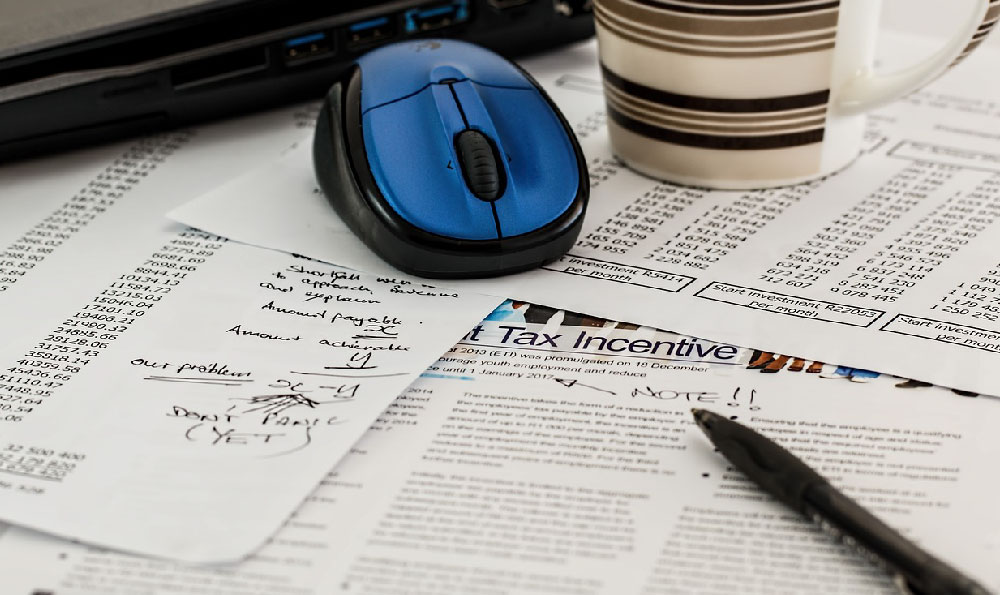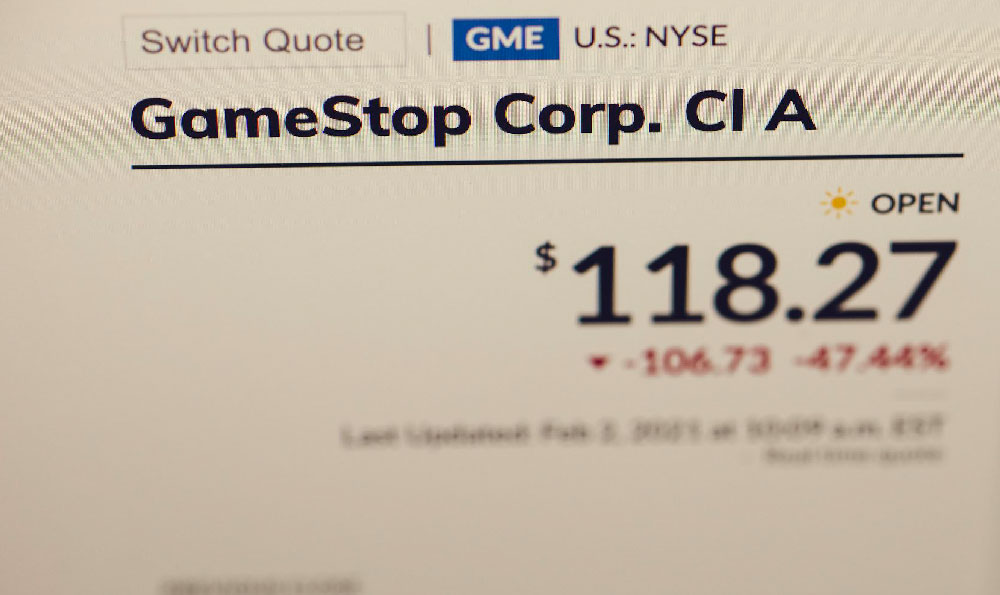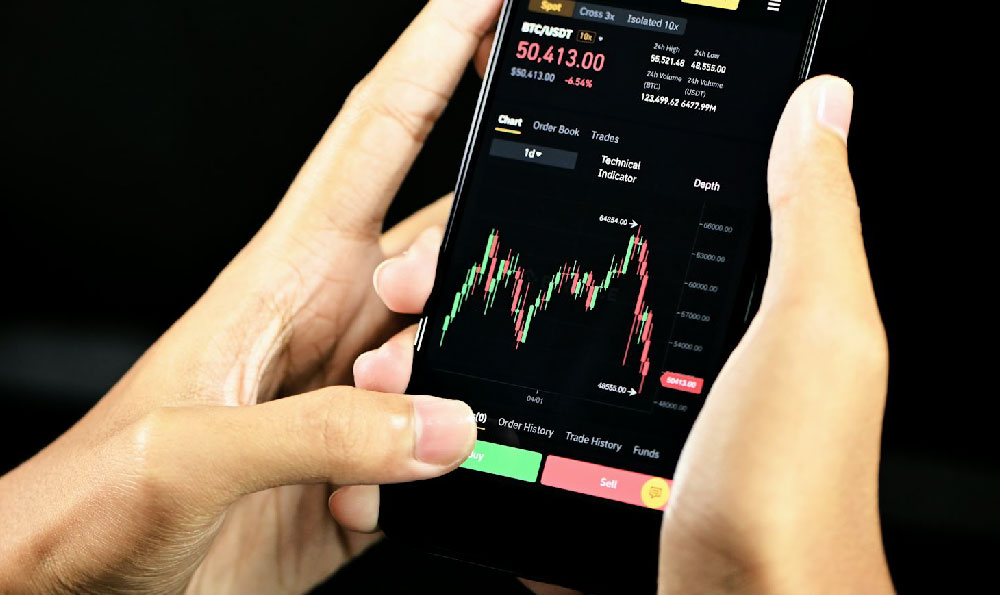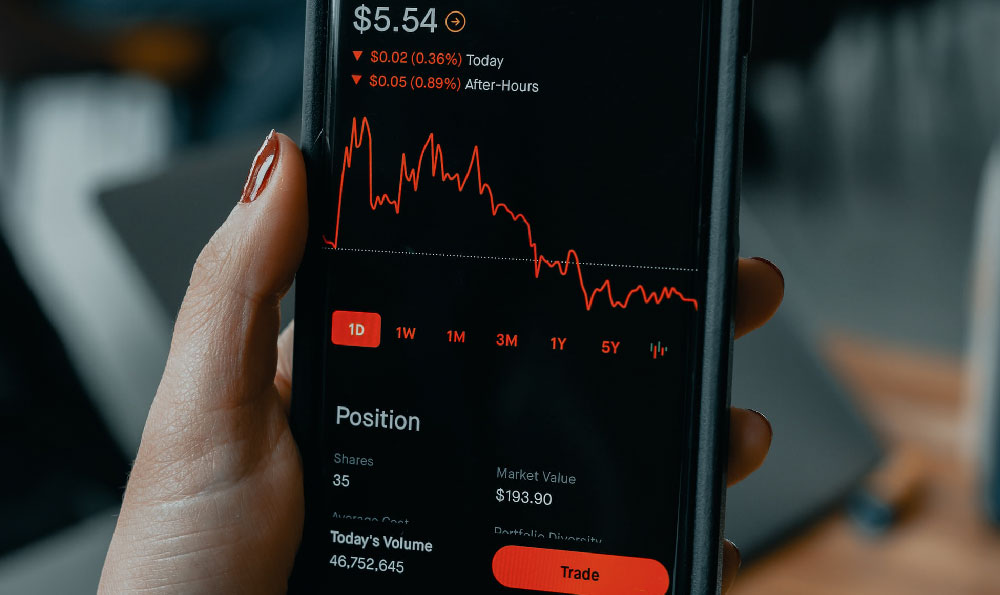Earnings for Uber Drivers: How Much Can You Make Monthly?

Earnings for Uber Drivers: How Much Can You Make Monthly?
To understand the financial potential of driving for Uber, one must examine the intricate relationship between regional demand, operational costs, and individual driving habits. The revenue generated by drivers varies significantly depending on location, time of day, and the efficiency with which they navigate the platform’s algorithms. For instance, in bustling metropolitan areas with high ride-sharing activity and competitive pricing, drivers can achieve higher earnings, but they must also contend with increased fuel expenses and vehicle maintenance costs. Conversely, in suburban or rural regions where demand is lower, income may be more modest but could offer greater stability in certain conditions. This dynamic underscores the importance of strategic planning and adaptability when choosing to engage in the industry.
The monthly income of an Uber driver is often influenced by the volume of rides completed, the duration of each trip, and the rate per mile or per ride set by the company. In urban centers like New York City or San Francisco, where surge pricing frequently kicks in during peak hours, drivers can earn more per trip, but they may also spend longer hours on the road without substantial breaks. Meanwhile, in regions with favorable weather conditions and lower competition, such as parts of Scandinavia or the Pacific Northwest, drivers might find themselves working fewer hours while still maintaining consistent income. The balance between time invested and revenue earned is critical, as drivers must account for all operational expenses, including vehicle depreciation, insurance, and fixed costs like parking or tolls.

Another key factor is the type of vehicle used. Drivers who opt for newer, higher-end models may attract more lucrative rides, especially when transporting passengers who prioritize comfort. However, the initial investment and maintenance costs for such vehicles can be substantial. In contrast, those who choose more affordable sedans or hatchbacks might experience lower upfront costs but could also compete for fewer premium rides. The choice ultimately depends on the driver’s financial goals and risk tolerance, as the long-term profitability of a vehicle is influenced by its reliability, fuel efficiency, and resale value.
The role of technology in shaping earnings cannot be overstated. Uber’s dynamic pricing algorithm adjusts rates in real-time based on demand, traffic conditions, and competition, which means drivers must stay attuned to these fluctuations to maximize their income. For example, during major events or holidays, surge pricing can dramatically increase per-trip revenue, but drivers must also be prepared to work longer hours to capitalize on these opportunities. Additionally, drivers who familiarize themselves with the platform’s tools, such as the ability to track earnings trends or optimize their routes, may gain a competitive edge in managing their finances. The integration of GPS-based route optimization and real-time data analysis has become a cornerstone for those seeking to navigate the industry effectively.
Income sustainability also hinges on the driver’s ability to adapt to market changes. Seasonal variations, such as colder winters or warmer summers, can affect both demand and the cost of operating a vehicle. In regions with harsh winters, drivers may face higher fuel costs and reduced consumer demand, while in areas with ideal weather, the opposite might be true. Similarly, shifts in regulatory environments, such as changes in ride-sharing laws or mandatory vehicle inspections, can impact a driver’s ability to earn consistently. Staying informed about these developments and adjusting strategies accordingly is essential for long-term financial success.
For drivers aiming to enhance earnings, the importance of pre-trip preparation and in-car service quality cannot be ignored. Ensuring that vehicles are clean, well-maintained, and equipped with necessary amenities can lead to better passenger satisfaction, potentially increasing ride frequency and positive ratings. Players who consistently receive high ratings are often rewarded with additional earnings opportunities, while those with poor reviews may face reduced visibility on the platform. This reinforces the idea that drivers who treat their service as a business rather than a casual job are more likely to achieve financial stability.
The financial potential of Uber driving is further influenced by the driver’s ability to manage time effectively. Those who treat their work as a full-time occupation, logging the maximum number of hours per day while maintaining a balance between rest and productivity, often achieve the highest monthly earnings. However, drivers who view it as a supplemental income source may find themselves earning less but enjoying greater flexibility in their schedules. This distinction is crucial, as the level of commitment affects not only the volume of work but also the ability to handle unexpected challenges, such as vehicle breakdowns or fluctuating demand during off-peak hours.
Whether Uber driving is a viable financial path depends on local market conditions and the driver’s personal circumstances. In some regions, such as Latin America or Southeast Asia, where ride-sharing is more prevalent and demand is consistently high, drivers may achieve above-average income. In contrast, in parts of Europe or the Middle East, where ride-sharing competition is fierce and regulatory restrictions are more intense, earnings might be more challenging to sustain. Drivers must also consider their availability, as the ability to work during high-demand hours such as evenings or weekends can significantly impact their monthly income.
Ultimately, the profitability of driving for Uber requires a comprehensive understanding of both the industry’s opportunities and its constraints. Drivers who approach this as a professional endeavor, optimizing their routes, maintaining their vehicles, and staying informed about market trends, are more likely to achieve consistent returns. However, those who neglect these aspects may struggle with irregular income and financial instability. By analyzing the interplay between these variables, drivers can make more informed decisions about how to allocate their time and resources to maximize their earning potential.
In summary, the financial success of Uber drivers is not predetermined but rather contingent on a combination of factors such as location, vehicle type, time management, and service quality. While some drivers may earn upwards of $4,000 to $6,000 per month in urban areas, others might only achieve $1,000 to $2,000 in less demanding regions. The key to achieving greater income lies in adapting to the market’s ebb and flow, leveraging technology to streamline operations, and maintaining a long-term perspective that prioritizes sustainability over short-term gains. For those seeking to make a living through ride-sharing, the journey is as much about strategic planning and resilience as it is about the number of rides completed.















